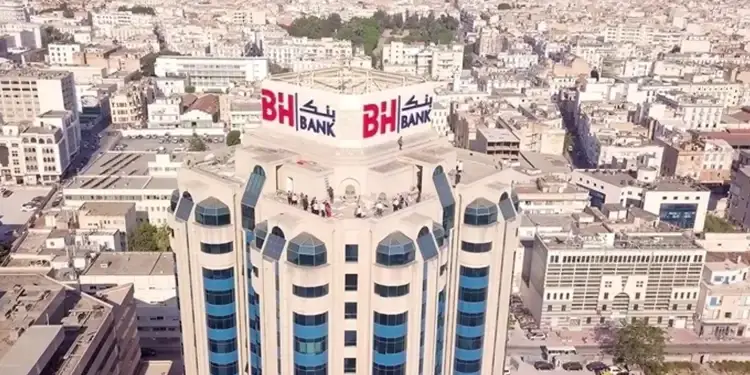Should we worry about the solidity of a credit which seemed, barely a few months ago, perfectly healthy? This is the question raised by reading the 2024 financial statements of the BH Bank, recently published on the site of the financial market council (CMF). At the heart of attention: a claim of 450.8 million dinars (MD) granted to a group operating in the olive growing sector.
This credit, which presented no unpaid on December 31, 2024 and was still among the “healthy” assets of the bank, has since been reclassified in uncertain claim. What happened in the meantime?
An initially healthy claim, which has become uncertain
According to the statutory auditors’ report, elements after the closure revealed a deterioration in the debtor’s financial situation, as well as a drop in the value or solidity of the associated guarantees. Result: the BH Bank was forced to review its risk assessment and apply reclassification according to prudential rules.
But how has an exhibition of this magnitude been able to switch so quickly? Was it a sudden deterioration of the group’s activity? A risk undervaluation from the start? Or a lack of vigilance in monitoring the file?
The amount of this credit represents almost double the share capital of the BH BANK (238 MD at the end of 2024) and 60% of its net banking product (744.2 MD). These vertiginous proportions pose a serious problem of risk concentration.
Tunisian regulations, let us remember, prohibits that a credit to a single customer exceeds 20% of networks of the establishment, according to the circular BCT n ° 91-24. If this ceiling was exceeded, how could the bank justify such an exhibition? Have derogations been granted? And if so, on what criteria?
Despite this tense context, the BH Bank displays in 2024 a net profit of 108.5 MD, supported by banking operating products of 1,489.1 MD. However, it had to provision 275.2 MD to cover its risks on receivables, which could weigh on its margins and its short -term investment capacity.
This figure also questions: what part of these provisions is directly linked to this 450 MD credit? And to what extent could other files of the same type still be hidden among the “healthy” claims?
More generally, this dossier raises questions on the governance of credit risk in Tunisian banks, but also on the role of banking supervision. When were the alert signals identified? And what lessons will the banking system draw from this episode?
Adel Ben Romdhane at the heart of the scandal
Adel Ben Romdhane, an emblematic figure in the olivecare sector in Tunisia, is now associated with one of the biggest financial scandals of the year. This important exporter of olive oil would have benefited from this massive credit of 450.8 MD from the BH BANK, but at the same time he would have left Tunisia for Spain, which feeds suspicions of organized flight and throws a veil of concern about the prospects for reimbursement.
The Ben Romdhane case raises issues heavy with meaning: how could only one individual get such a loan? And above all, which, within the bank, validated this risky assembly knowing that in their report, the auditors declare that the group of Adel Ben Romdhane now faces major difficulties in the recovery of its own claims.








